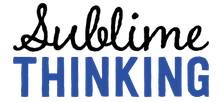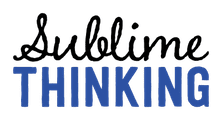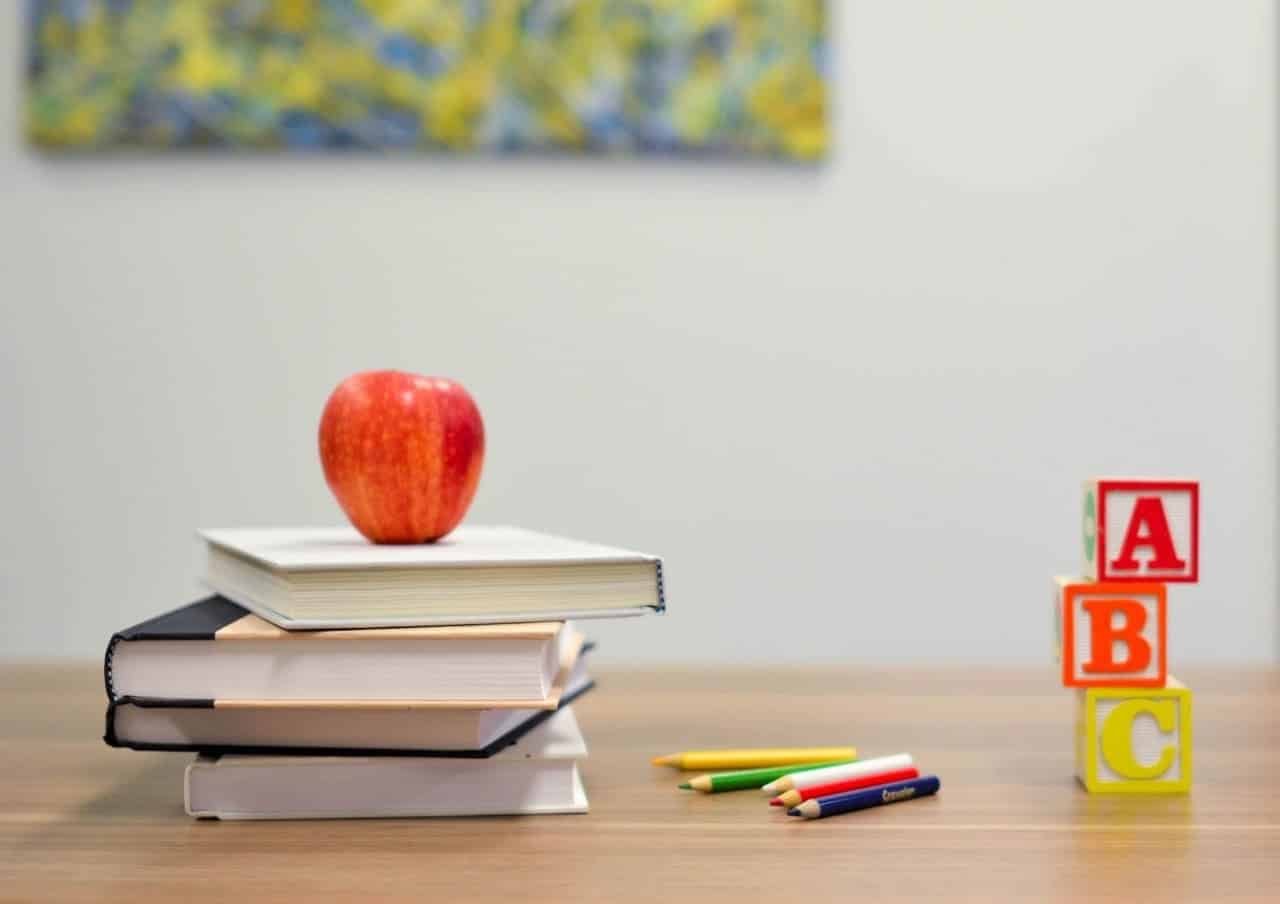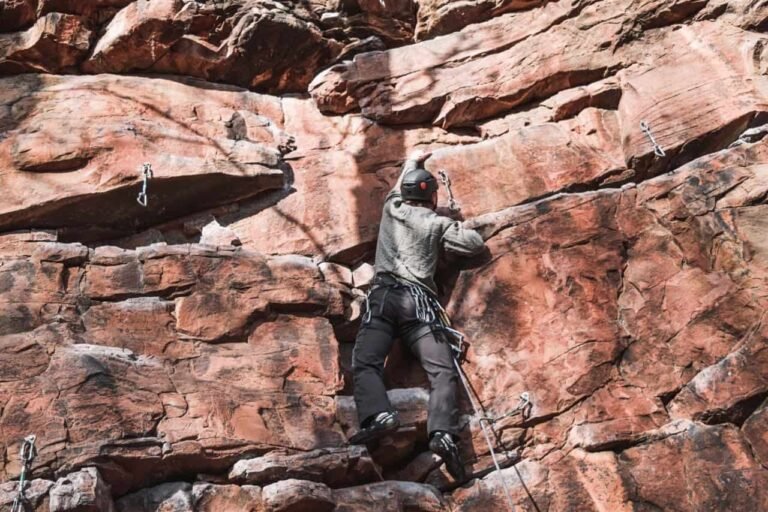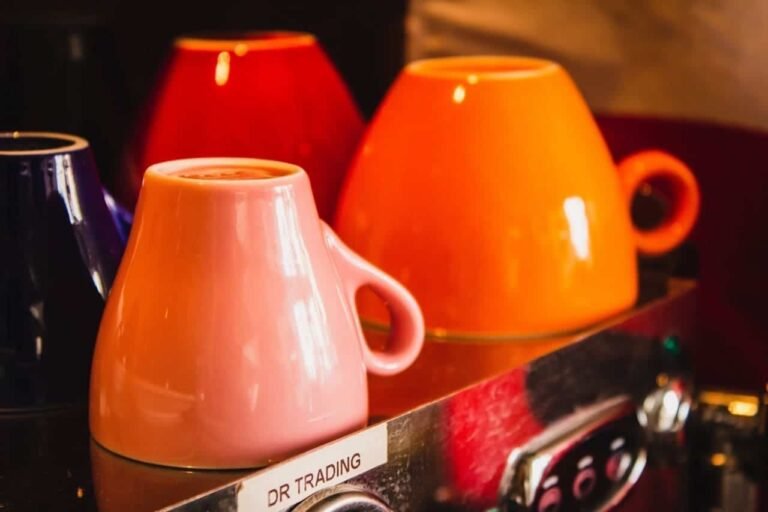Why mastering the right approach to self-learning will be one of the most valuable skills in the 21st Century
Today, the number of ways to study are greater than ever. In addition to our schools, colleges and universities, we can study on the job, in seminars, lectures and workshops. Or we may turn to one of the increasing number of online resources or study apps. Failing that, there’s always the good old text book! The choices seem endless.
However, having all of these study resources doesn’t address one key question:
How can we study most effectively?
That question isn’t just important from an exam perspective, but also because the skills that we acquire when learning (whether consciously or sub-consciously) stay with us for life unless unlearnt. And that includes the way that we study itself.
With new innovation and technologies appearing almost daily, learning how to use them and more importantly, learning what they don’t and can’t do, will be some of the most valuable skills of this century.
But before we can think about effective study, let’s consider what we actually do with the information that feeds into our study.
What do we do with our information?
With so many study options out there, we need to stop and ask what we are doing with all of the information that we obtain through our learning.
For those at school, colleges and university, understanding information and how to apply it often facilitates the way towards passing exams and gaining the qualifications needed to be considered for work. Other information may be acquired as part of professional development, to maintain a level of competence and keep up to speed with new areas of professional importance. But not all information ‘sticks’ with us.
Information leakage and brain overload
For every class we attend, online course that we do, or book that we read, information needs to be stored somewhere. Sometimes it will get stored in the brain, but quite often, it will also often remain on the web page, in a folder full of notes, filed in a draw or placed into the waste paper bin.
So what you may say? I went to the class, so what more do I need to do to learn?
The problem with seeing information once and storing it away is that we may never revisit it and give ourselves the opportunity to understand what it means on its most basic level. And in doing that, we may never practice and develop the analytical and thinking skills that allow us to understand it and other information in the future. Moreover, it may reduce our ability to take strands of different information and use them to approach our problem solving.
The three critical skills
To develop in any walk of life, it’s crucial that we’re able to apply information in the right way.
There are three critical skills here:
- Understanding what a piece of information means in its most basic form;
- Understanding how to apply information to any given scenario; and
- Understanding how to approach applying that information.
But what if you start with flawed information?
Applying the wrong information
We would probably all be horrified if a surgeon took the information required to understand basic surgery procedures from a You Tube video or from Wikipedia and then performed surgery without having been through any formal recognised professional qualification and understanding whether the video or web page contained flawed information.
Understanding whether information is flawed, or whether it may require further verification is really important if you’re going to apply it to any given scenario, as it may not be appropriate to use it (as the DIY surgery example above shows).
As children, we often assume that the information provided to us is correct in all respects. But, with any piece of information it’s important to understand who wrote it, from what angle it has been written, what assumptions have been made when writing it and how old it is.
Assuming that information on Wikipedia is factually correct may be useful for a pub trivia question, but getting to the level of information needed to address specific points in complex scenarios will often need far more critical assessment and validation.
How do you apply information to a scenario?
Our first real taste of applying information comes in school exams and in particular, essay writing.
For many, essay writing its one of the hardest aspects of any exam. But sometimes, that can be a result of trying to ‘cram’ to much information into the brain in one go.
As with the handout that gets stuck in a draw/recycling bin, information that is crammed, often doesn’t end up in the brain at all, because too much is trying to be absorbed in one go.
That can make approaching an essay difficult, because without ‘information’ to put into an essay, it’s going to end up being a fairly light read for the examiner!
To apply information, you need to understand what it means in context
Cramming can often be the result of not having learnt and analysed the relevant information in the first place. But cramming can also be a product of rote-learning where information is learnt for the purposes of being able to recite it back at a later date, but without necessarily understanding whether you’re then applying it correctly.
Contrast rote-learning from more ‘active-learning’, where you try and understand what the information you have been taught means in practice, by taking that information and de-constructing into its component parts so that you can see how the different ‘cogs’ of the information come apart and fit back together again.
A good example of this is a corps de ballet rehearsing for a ballet show. They have to learn how to create an overall effect on stage, but in understanding the information needed to achieve that, they also need to understand how to take dance moves apart and put them back together again to music. That’s painstaking work, so how can you achieve that?
Learn less and more slowly
The performing arts are perfect examples of why ‘active-learning’ is so important when studying. Sadly, many youngsters give up learning instruments because rather than focussing on deconstructing the complex task of playing an instrument into the various physical actions that need to be co-ordinated well to achieve good technique and getting those right, they try and jump ahead to more complex music that they aren’t ready for. Frustration then arises and the child gives up because he/she doesn’t understand how to improve.
Tempering your desire to learn too quickly and trusting yourself when it feels wrong
New areas of learning can seem exciting the first time that we see them and spark curiosity in us. However, we can slip into the trap of trying to learn too quickly in our keenness to learn a new skill or impress. ‘Trying to learn’ then takes over from ‘actual learning’.
When you see how much of education is exam based however, it’s no surprise that as we try and learn, we trip ourselves up by trying to learn too fast. It almost feels wrong if we’re taking too much time to do an online module or can’t perfect a piece of music after a week. But actually not grasping the basics can set us up for a future fall.
The real key to being able to learn on our own is to be able to stop and inhibit the desire to ‘try to learn’ in the first place. In a way that sounds like a contradiction of terms, but only by allowing yourself to study and learn at your own natural place, will deep and lasting learning take place. Of course, there is always the temptation to want to get ahead of oneself, but by denying yourself the space and time needed to fully understand something, the ability to both acquire depth of understanding and to trust your own ability to learn at your own pace, diminishes.
Approaching learning – will robots and artificial intelligence come to the rescue?
Technology has come a long way in helping with education and applied in the right way, it can be a useful aid to learning.
However what no robot or software can do is to take the self-responsibility for one’s own learning and how to approach it. Nor can they fully understand whether a human has really grasped what a piece of information means or whether he/she will be able to apply that to any given scenario.
Mastering a sound approach to self-learning requires discipline, trust, patience and a realisation that practicing the absolute basics is essential in being able to process more complex information and perform more complex tasks. Just as two ballet dancers painstakingly learn each step that makes up a ‘Pas de Deux’, learning in other vocations requires the ability to understand that vocation’s component parts and each component part that forms them.
Whilst technology is here to stay, humans will still need to forge the gaps that technology can’t address, including gaps in machines’ own ‘machine-learning’. To do so will require not just an understanding of what technology can and can’t do, but also the ability to stop and step back from it completely and decide whether human skills are a more appropriate way of filling the voids that the machines have failed to fill.
